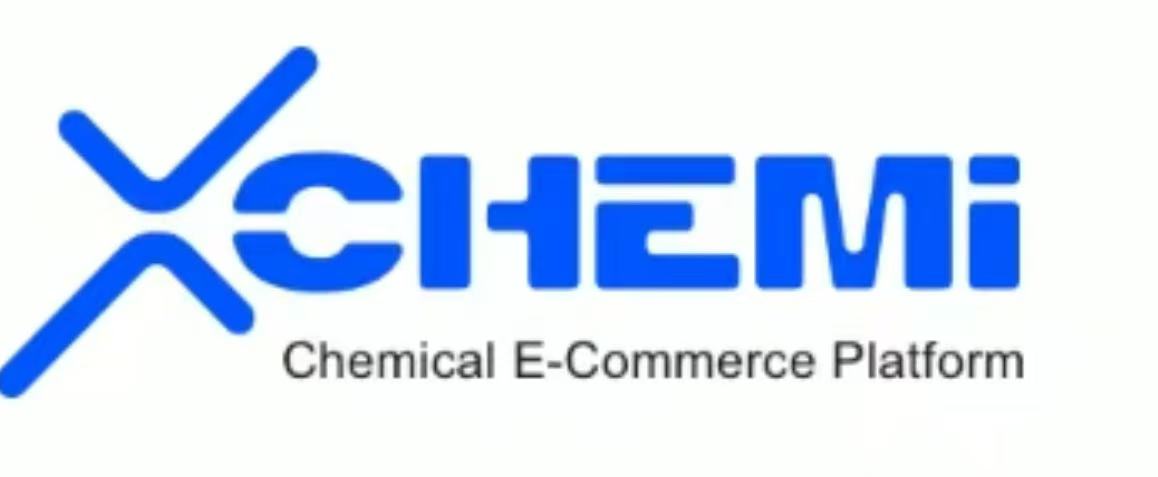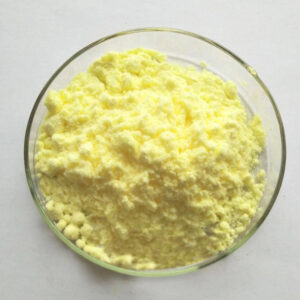Product Category
Our Service
Fast Response
Promptly address customer inquiries and requirements, providing timely feedback and solutions.
Shorton Lead Time
Ensure efficient production and supply chain management for speedy product delivery, reducing waiting time.
ODM/OEM
Cater to unique product requirements through expert design and manufacturing capabilities.
Share Our Product
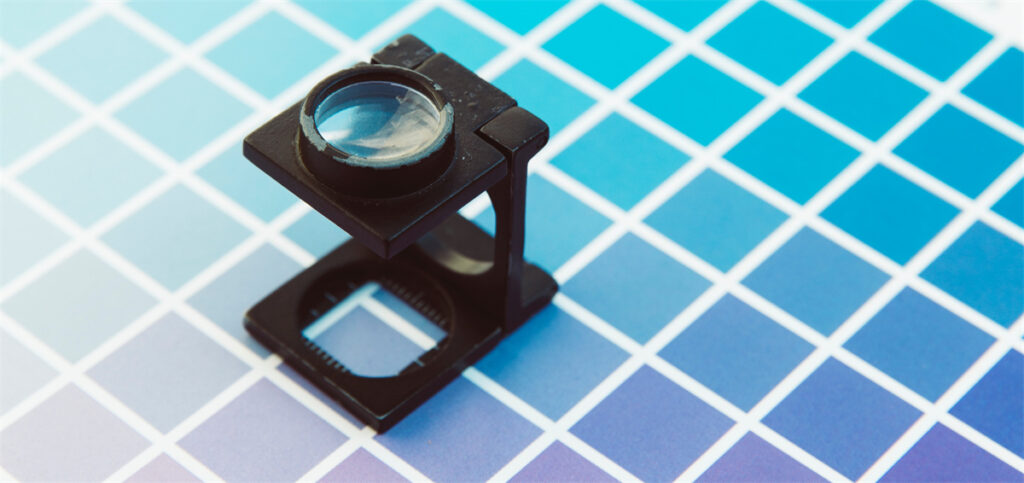
Our photoinitiators are meticulously designed and formulated to meet the demanding requirements of various applications, including printing, coatings, adhesives, and electronics. We understand the importance of efficient and reliable curing processes, and our products are tailored to deliver exceptional performance.
WPA Photoinitiator Product
Showing the single result

Our photoinitiators are meticulously designed and formulated to meet the demanding requirements of various applications, including printing, coatings, adhesives, and electronics. We understand the importance of efficient and reliable curing processes, and our products are tailored to deliver exceptional performance.
WPA Photoinitiator Product
Showing the single result
Product Category
Share Our Product
Photoinitiator Manufacturing Process
Raw Material Selection and Preparation
The process begins with the careful selection of raw materials, including monomers and other chemical compounds, which are known to possess photoinitiating properties. These raw materials undergo thorough testing and quality control procedures to ensure their suitability for the production of photoinitiators. They are then prepared by measuring and mixing the appropriate ratios of each component.
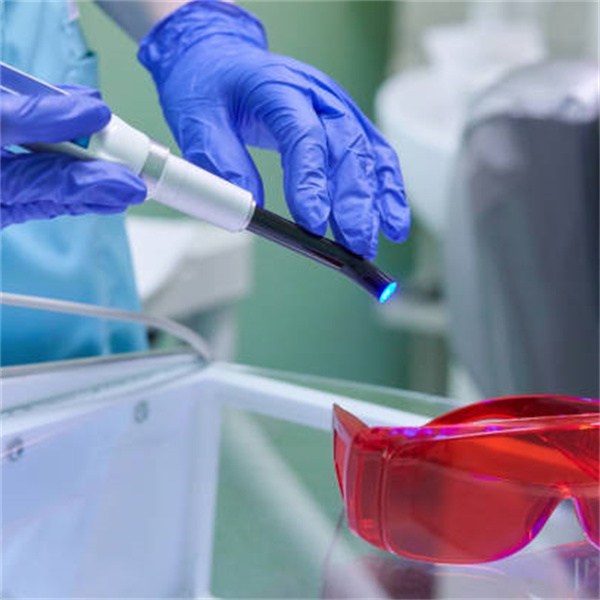
Chemical Synthesis
In this step, the prepared raw materials are subjected to a chemical synthesis process. The synthesis method may vary depending on the desired photoinitiator compound. Common techniques include condensation reactions, addition reactions, or other chemical processes that create the desired molecular structure and photoinitiating functionality.
Purification
After the synthesis, the crude photoinitiator product is typically impure and contains various by-products and impurities. To obtain a high-purity photoinitiator, purification techniques such as filtration, distillation, crystallization, or chromatography are employed. These processes remove unwanted impurities, ensuring the final product meets the required purity standards.
Particle Size Control (If Applicable)
Some photoinitiators are produced in the form of solid particles or powders. In this case, particle size control is crucial to ensure proper dispersion and performance. Techniques such as milling or grinding may be used to control the particle size and achieve a uniform distribution, as per the desired specifications.
Formulation and Packaging
Once the purified photoinitiator is obtained, it may be further processed into specific formulations or blends, depending on the intended application. Formulations can enhance solubility, improve compatibility with certain resin systems, or provide additional properties. After the formulation stage, the photoinitiator is typically packaged into containers or drums, ready for distribution and use.
Quality Control and Testing
Before final packaging, the photoinitiator undergoes rigorous quality control measures to ensure consistency, purity, and performance. Various tests, including spectroscopy, chromatography, thermal analysis, and other analytical techniques, are conducted to verify the product’s specifications and evaluate its stability and reliability.
Why choose us to be
your Photoinitiator supplier
Elevate your business quality
By choosing WPA, you can have confidence in receiving reliable, high-performance photoinitiators that drive the success of your applications. WPA has its expertise, commitment to quality, diverse product range, customization options.
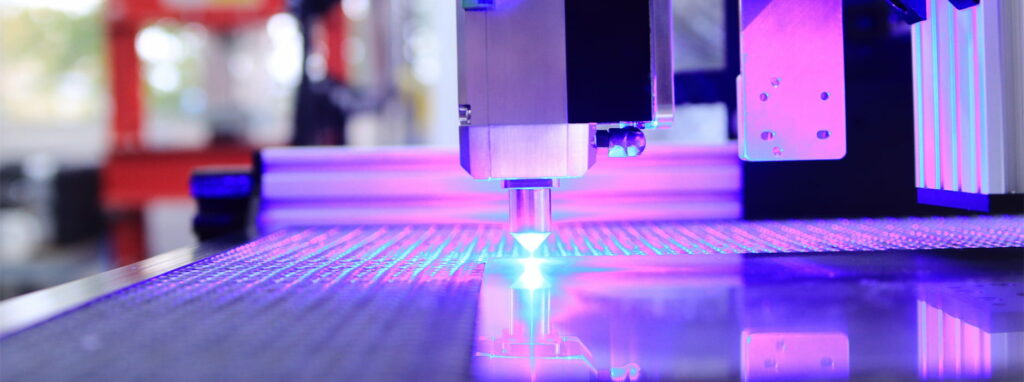
Expertise and Innovation
WPA continuously pushes the boundaries of photoinitiator technology, developing cutting-edge formulations and staying at the forefront of industry advancements.
High-Quality Products
From the selection of raw materials to the manufacturing process and rigorous quality control procedures, WPA ensures that its photoinitiators meet the standards of clients.
Customized Solutions
WPA understands that every application is unique, and their team is ready to provide personalized support and technical expertise.
Photoinitiator Applications
WPA photoinitiator ingredients have a wide range of applications across various industries.
UV Curing
Photoinitiators are widely used in UV curing systems, where they initiate the polymerization of UV-curable materials.
3D Printing
Photoinitiators are essential for resin-based 3D printing, initiating cross-linking reactions, resulting in the formation of the desired 3D object.
Dental Materials
Photoinitiators are used in dental materials such as composites and adhesives.
Wood Coatings
Photoinitiators are used in dental materials such as composites and adhesives.
Electronics
Photoinitiators are employed in the production of electronic devices, such as printed circuit boards (PCBs).
Optical Films
Photoinitiators are used in the production of optical films for applications like displays, touchscreens, and optical filters.
Packaging
Photoinitiators are utilized in the production of UV-curable inks and coatings for packaging materials.
Aerospace Applications
Photoinitiators are used in aerospace applications for the fast curing of coatings, adhesives, and sealants.
Medical Devices
Photoinitiators find application in the production of medical devices such as catheters, syringes, and surgical instruments.
Automotive Coatings
Photoinitiators are incorporated into automotive coatings to enable rapid curing and improved hardness.
FAQs
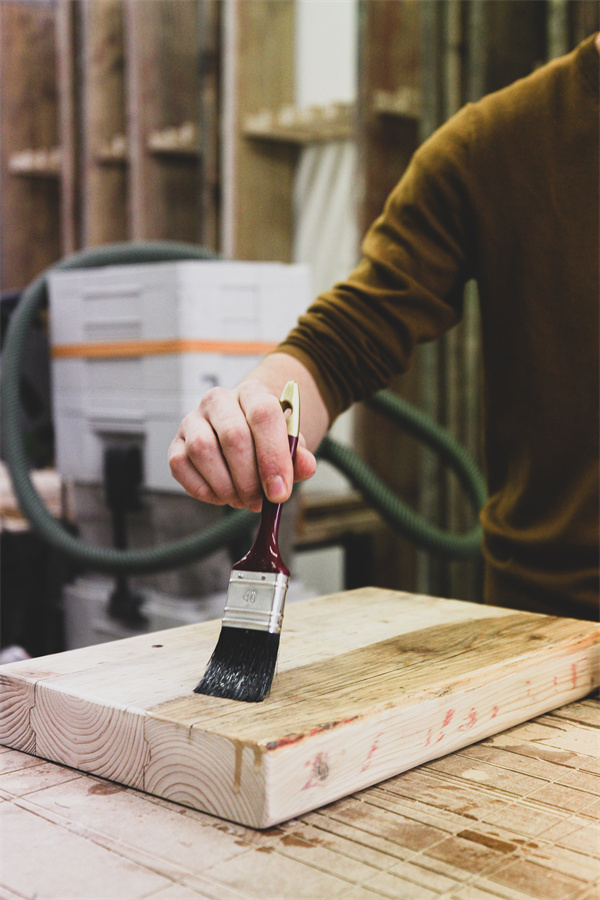
Get Free Chemical Solutions !
Quick Link
- Xchemi Data Technology Co., Ltd.
- International@xchemi.com
- +86 021-64330938
- Address: Room 606, No. 568 [Hongqiao World Center], Lane 1588, Zhuguang Road, Qingpu District, Shanghai
- ООО "ИКСХИМРУС"
- info@xchemi.ru
- +7 495 796 00 66
- Адрес: Москва, Нижняя Красносельская ул., д.40/12 кор.4Б, офис 206
© 2025 Xchemi Data Technology Co., Ltd. All rights reserved
Privacy Policy. Powdered by XCHEMI
